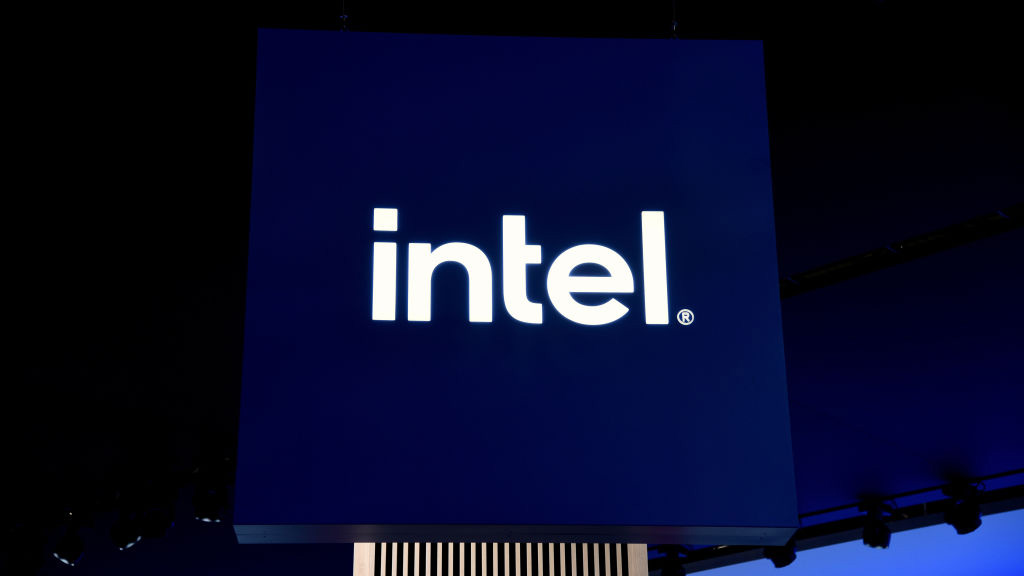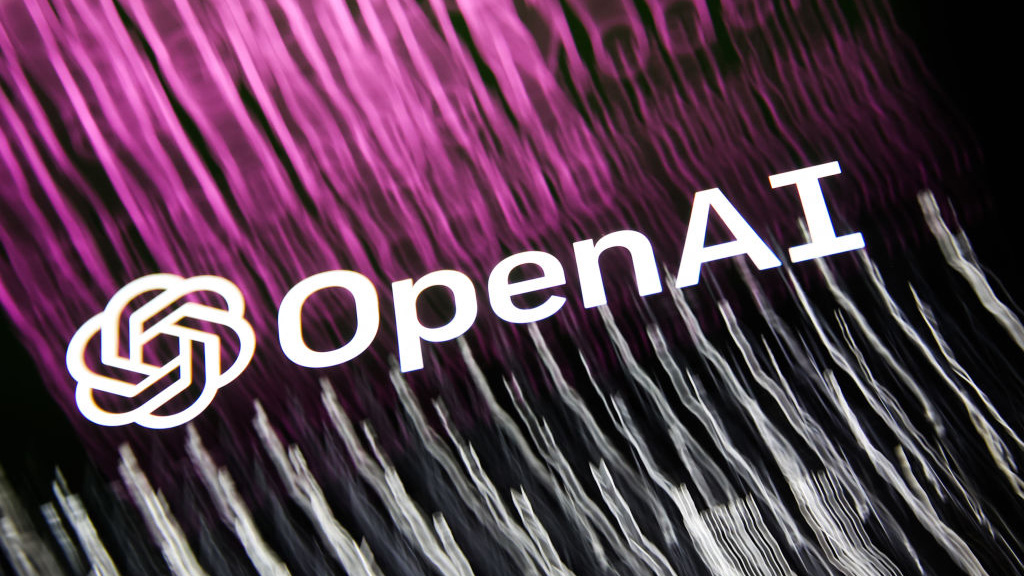Scientists build drones capable of detecting violence in crowds
But the algorithm gets less accurate the more people it tries to track

Scientists have trained drones to recognise violent behaviour in crowds using AI.
In a paper called Eye in the Sky, researchers from Cambridge University and India's technology and sciences institutes detailed how they fed an alogirthm videos of human poses to help their camera-fitted drones detect people committing violent acts.
The researchers claim the system boasts a 94% accuracy rate at identifying violent poses,and works in three steps: first the AI detects humans from aerial images, then it uses a system called "ScatterNet Hybrid Deep Learning" to interpret the pose of each detected human and finally the orientation of the limbs in the estimated pose are numbered and joined up like a coloured skeleton to identify individuals.
The algorithm used by the AI is trained to match five poses the researchers have deemed violent, which are classified as strangling, punching, kicking, shooting and stabbing.
Volunteers acted out the poses to train the AI, but they were generously spaced out and used exaggerated movements whilst acting out attacks. The report explains that the larger the crowd, and the more violent individuals within it, the less accurate the AI becomes.
"The accuracy of the Drone Surveillance System (DSS) decreases with the increase in the number of humans in the aerial image. This can be due to the inability of the FPN network to locate all the humans or the incapability of the SHDL network to estimate the pose of the humans accurately," the researchers wrote. "The incorrect pose can result in a wrong orientation vector which can lead the SVM to classify the activities incorrectly."
When one violent individual is in the crowd, the system is 94.1% accurate, which reduces to 90.6% with two, down to 88.3% for three, 87.8% for 4 and 84% for five violent individuals. By those figures, tracking violence in widespread incidents like the 2011 riots would currently be unworkable.
Sign up today and you will receive a free copy of our Future Focus 2025 report - the leading guidance on AI, cybersecurity and other IT challenges as per 700+ senior executives
AI-powered recognition software is already in use among law enforcement bodies, despite fears that it is not accurate enough.
Both the Metropolitan Police and South Wales Police were accused of using dangerously inaccurate facial recognition technology by privacy campaign groups last month.
The groups revealed the Met had a failure rate of 98% when using facial recognition to identify suspects at last year's Notting Hill Carnival and that South Wales Police misidentified 2,400 innocent people and stored their information without their knowledge.
Image: Shutterstock
Bobby Hellard is ITPro's Reviews Editor and has worked on CloudPro and ChannelPro since 2018. In his time at ITPro, Bobby has covered stories for all the major technology companies, such as Apple, Microsoft, Amazon and Facebook, and regularly attends industry-leading events such as AWS Re:Invent and Google Cloud Next.
Bobby mainly covers hardware reviews, but you will also recognize him as the face of many of our video reviews of laptops and smartphones.
-
 TPUs: Google's home advantage
TPUs: Google's home advantageITPro Podcast How does TPU v7 stack up against Nvidia's latest chips – and can Google scale AI using only its own supply?
-
 Microsoft Excel is still alive and kicking at 40
Microsoft Excel is still alive and kicking at 40News A recent survey found Gen Z and Millennial finance professionals have a strong “emotional attachment” to Microsoft Excel
-
 Intel targets AI hardware dominance by 2025
Intel targets AI hardware dominance by 2025News The chip giant's diverse range of CPUs, GPUs, and AI accelerators complement its commitment to an open AI ecosystem
-
 Calls for AI models to be stored on Bitcoin gain traction
Calls for AI models to be stored on Bitcoin gain tractionNews AI model leakers are making moves to keep Meta's powerful large language model free, forever
-
 Why is big tech racing to partner with Nvidia for AI?
Why is big tech racing to partner with Nvidia for AI?Analysis The firm has cemented a place for itself in the AI economy with a wide range of partner announcements including Adobe and AWS
-
 Baidu unveils 'Ernie' AI, but can it compete with Western AI rivals?
Baidu unveils 'Ernie' AI, but can it compete with Western AI rivals?News Technical shortcomings failed to persuade investors, but the company's local dominance could carry it through the AI race
-
 OpenAI announces multimodal GPT-4 promising “human-level performance”
OpenAI announces multimodal GPT-4 promising “human-level performance”News GPT-4 can process 24 languages better than competing LLMs can English, including GPT-3.5
-
 ChatGPT vs chatbots: What’s the difference?
ChatGPT vs chatbots: What’s the difference?In-depth With ChatGPT making waves, businesses might question whether the technology is more sophisticated than existing chatbots and what difference it'll make to customer experience
-
 Bing exceeds 100m daily users in AI-driven surge
Bing exceeds 100m daily users in AI-driven surgeNews A third of daily users are new to the past month, with Bing Chat interactions driving large chunks of traffic for Microsoft's long-overlooked search engine
-
 OpenAI launches ChatGPT API for businesses at competitive price
OpenAI launches ChatGPT API for businesses at competitive priceNews Developers can now implement the popular AI model within their apps using a few lines of code
